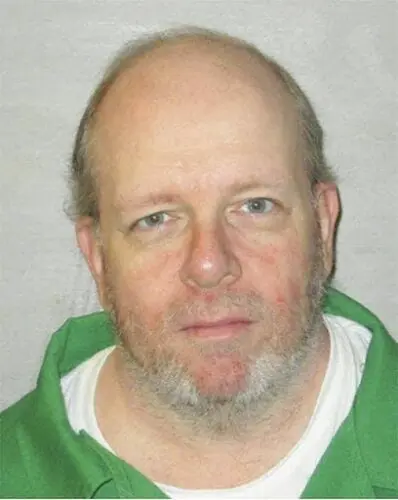Steven Bixby South Carolina Death Row
Steven Bixby was sentenced to death by the State of South Carolina for a double murder. According to court documents Arthur Bixby, his wife Rita and his son Steven Bixby were involved in a standoff with police that left two people dead: Abbeville County Sheriff’s Deputy Sgt. Daniel “Danny Boy” Wilson and State Constable Donnie … Read more








